HAMA (Methacrylated Hyaluronic Acid)
$170,00 – $790,00
AdBioInk offers methacrylated hyaluronic acid (HAMA). Hyaluronic acid (HA) [α-1,4-D-glucuronic acid-β-1,3-N-acetyl-D glucosamine], is a unique non-sulfated glycosaminoglycan. It is a major constituent of the extracellular matrix (ECM) which plays a significant role in controlling cell behavior. HA is alse essential for providing mechanical support in the ECM and functions in cell signaling. Hyaluronic acid provides to tissue hydrodynamics, movement and proliferation of cells, and participates in a number of cell surface receptor interactions. It is a cell-friendly material and oftenly used natural polymer for cell scaffolding. Hyaluronic acid has disadvantages, which include poor mechanical behaviours and rapid degradation. Chemical modifications on Hyaluronic acid overcome these disadvantages.
Modification with methacrylate groups on HA leads to polymerization upon UV exposure, resulting in HA-based hydrogel formation. Notably, methacrylated hyaluronic acid (HAMA) is more resistant to degradation and more rigid than non-derived HA hydrogels, while retaining its biocompatibility. Methacrylation increases the final mechanical strength of HA and this results in hyaluronic acid-based hydrogels that can be successfully 3D bioprinted.
Methacrylated hyaluronic acid hydrogels are promising scaffold materials for application in 3D printed, tissue engineered tissue replacements and especially suitable for skin regeneration and delivering bioactive molecules. By using Adbioink methacrylated hyaluronic acid, HAMA-based scaffolds can be prepared in the form of sponges, cryogels, and injectable hydrogels. In addition, our methacrylated hyaluronic acid powder can be used for tailoring your own bioink formulation.
Document

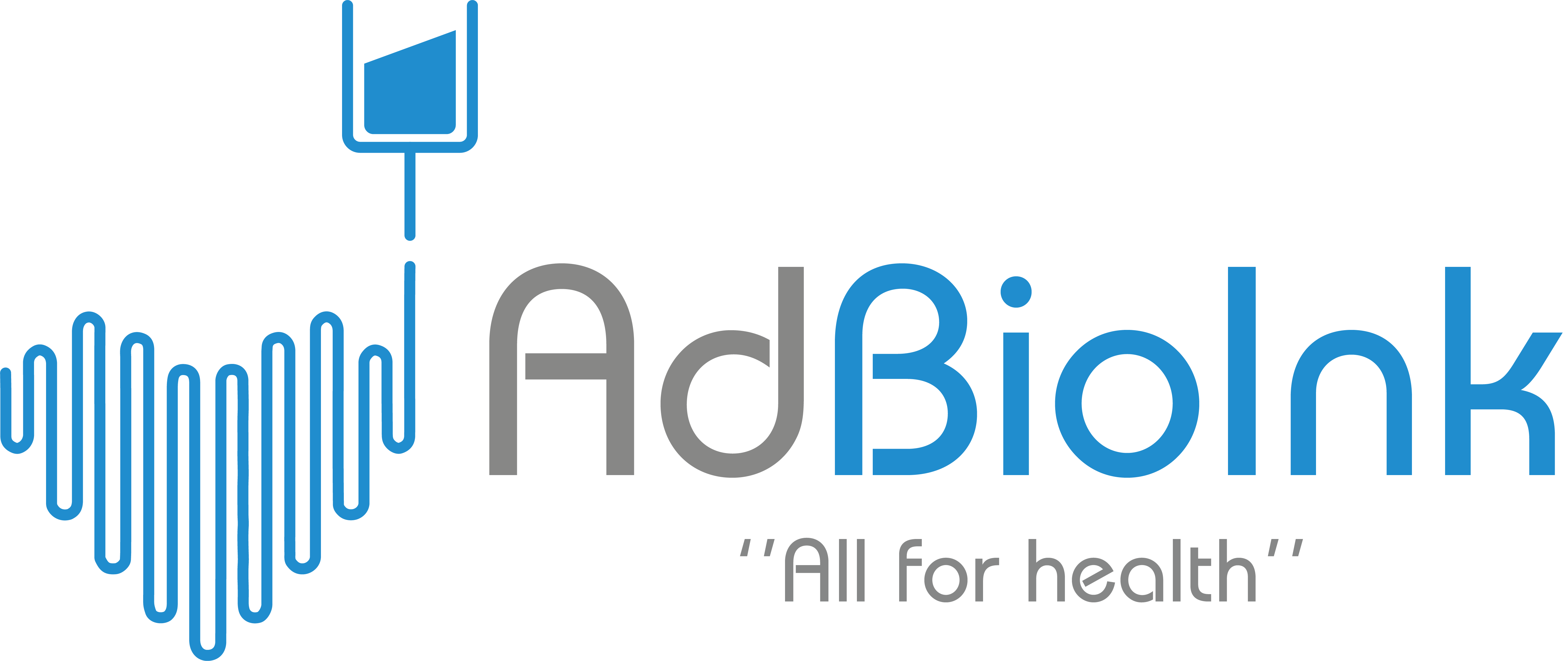

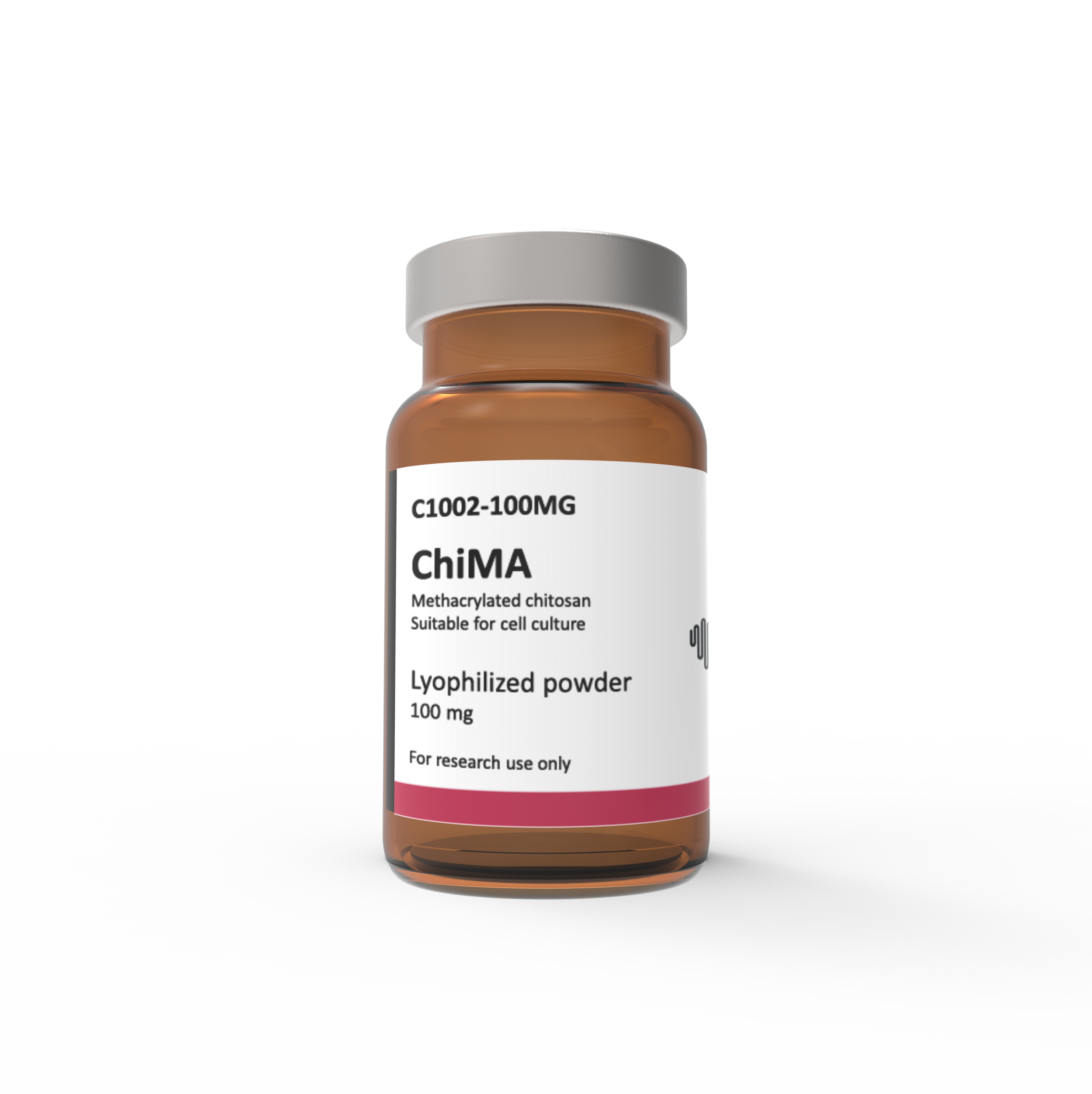
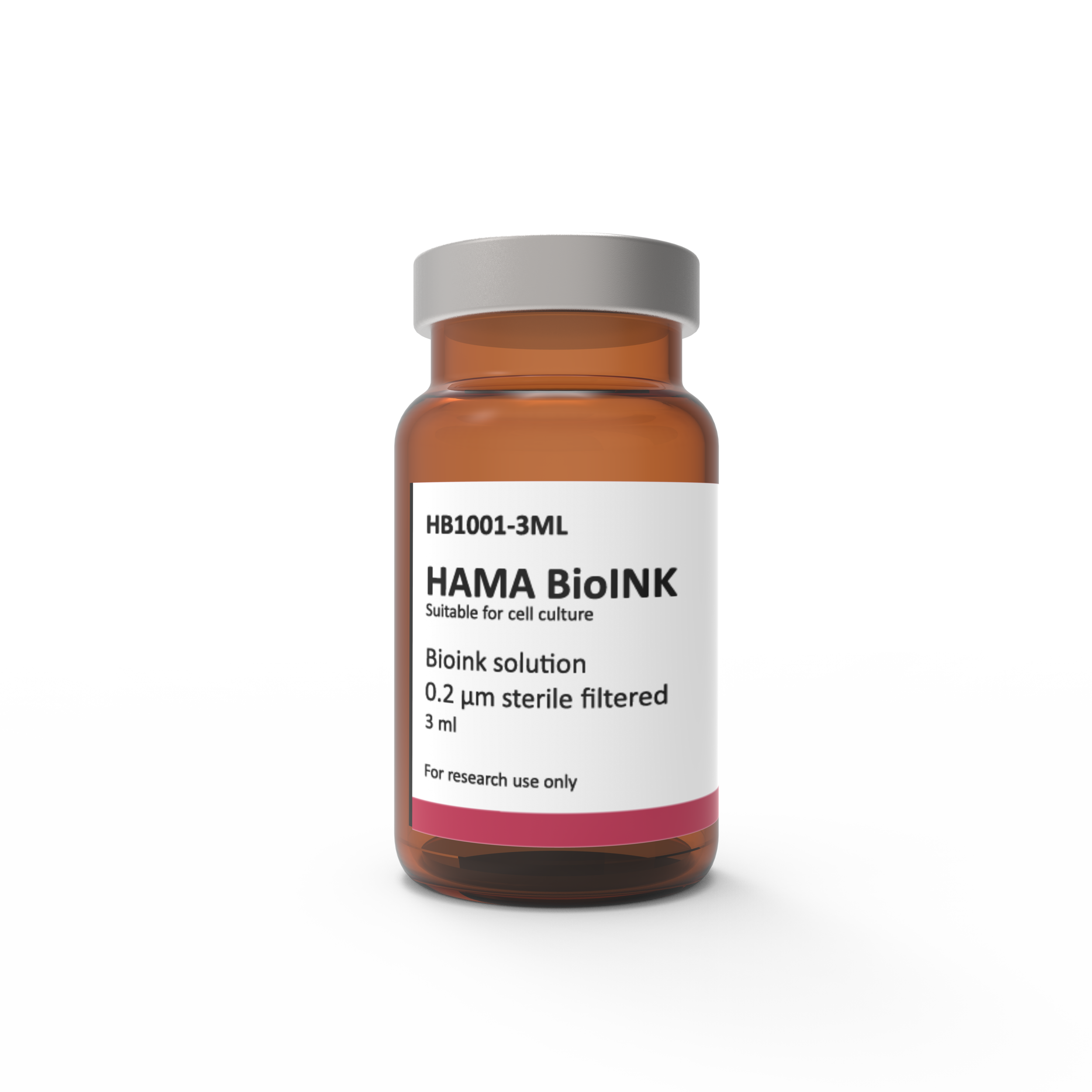
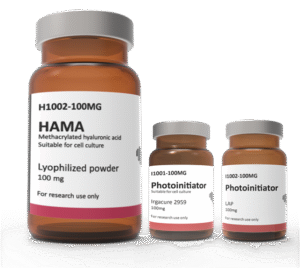
Reviews
There are no reviews yet.